18 Exciting Food Trends to Watch

Explore the most fascinating and unexpected food trends making waves around the world, redefining the way we eat. From traditional flavors to groundbreaking culinary innovations, these trends highlight the creativity and evolution of global cuisine. Whether you’re a dedicated foodie or just curious, there’s something exciting to discover. This guide delves into diverse ingredients, bold fusion dishes, and sustainable dining movements shaping our plates. Get ready to explore the dynamic trends that are revolutionizing the way we experience food.
1. Gourmet Popcorn

Gourmet popcorn has transcended its movie-night origins, becoming a sophisticated snack choice for discerning palates. With flavors ranging from decadent truffle oil to zesty chili lime, these popcorn varieties cater to both sweet and savory cravings. Artisanal producers are experimenting with different seasoning blends. The rise of gourmet popcorn reflects a broader trend of consumers seeking premium, high-quality snacks that offer more than just taste. These popcorn often feature organic and non-GMO ingredients, appealing to health-conscious individuals. Small-batch production ensures freshness and flavor integrity, making each bite a delightful indulgence. As a versatile snack, gourmet popcorn fits seamlessly into various occasions, from casual gatherings to upscale events.
2. Fermented Foods

Fermented foods are making a strong comeback, enhanced for their health benefits and rich flavors. Originating from ancient preservation techniques, fermentation enhances flavors while improving gut health. Popular items include kimchi, sauerkraut, miso, and kombucha. These foods are packed with probiotics, promoting digestive well-being. The trend is not limited to traditional ferments; modern twists are emerging, like beet kvass and turmeric-infused sauerkraut. This resurgence is driven by a growing interest in gut health and a return to artisanal, homemade food practices. Many are rediscovering the joys of fermenting at home, finding it an enjoyable and rewarding process. As awareness of the importance of gut health increases, so does the popularity of these tangy delights.
3. Plant-Based Alternatives
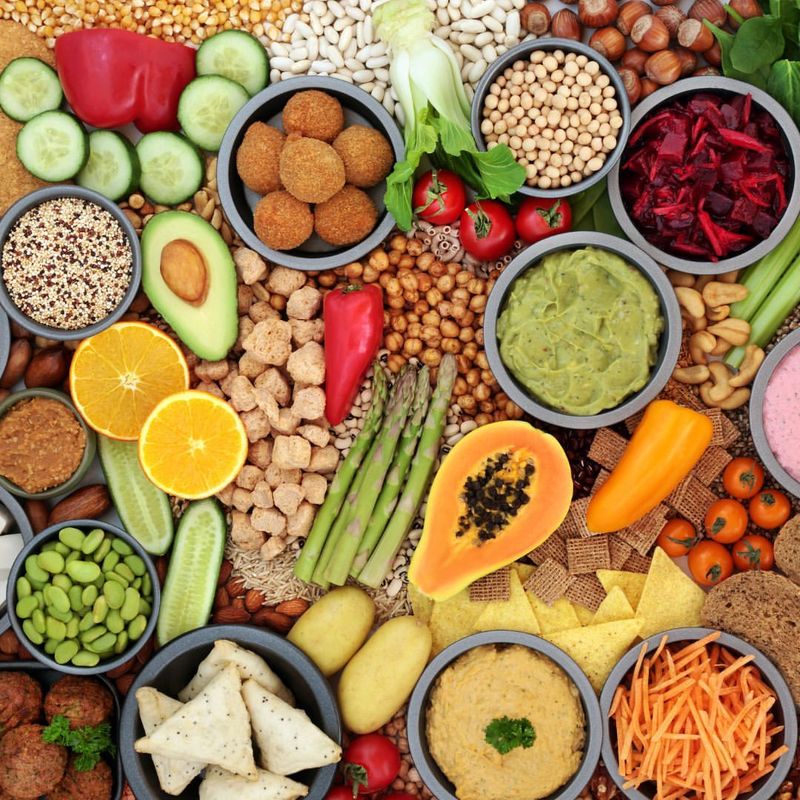
Plant-based alternatives are revolutionizing the way we think about food. As more people lean towards a plant-centric diet, innovative options are flooding the market. Beyond traditional tofu and tempeh, there are now burgers made from legumes, dairy-free cheeses, and milk alternatives like almond and oat milk. This trend is driven by health-conscious consumers and environmental concerns, as plant-based diets tend to have a lower carbon footprint. Many restaurants are expanding their menus to include vegan options, making it easier for everyone to enjoy plant-based meals. The creativity in this space is boundless, offering flavorful and satisfying dishes that even meat lovers can appreciate. This shift reflects a broader movement towards mindful and sustainable eating.
4. Virtual Cooking Classes

Virtual cooking classes have soared in popularity as more people seek culinary education from the comfort of their homes. These classes offer an interactive experience, allowing participants to learn from professional chefs and home cooks alike. Accessible through various platforms, they cover a wide range of cuisines and techniques, from baking sourdough to mastering traditional Italian pasta dishes. This trend emerged as a response to the increased time spent at home, providing a creative outlet and reducing the barriers to culinary education. Participants can connect with global food communities, share experiences, and gain confidence in their kitchen skills. Virtual cooking classes have democratized access to culinary expertise, making it a popular option for food lovers seeking to broaden their horizons.
5. Farm-To-Table Dining
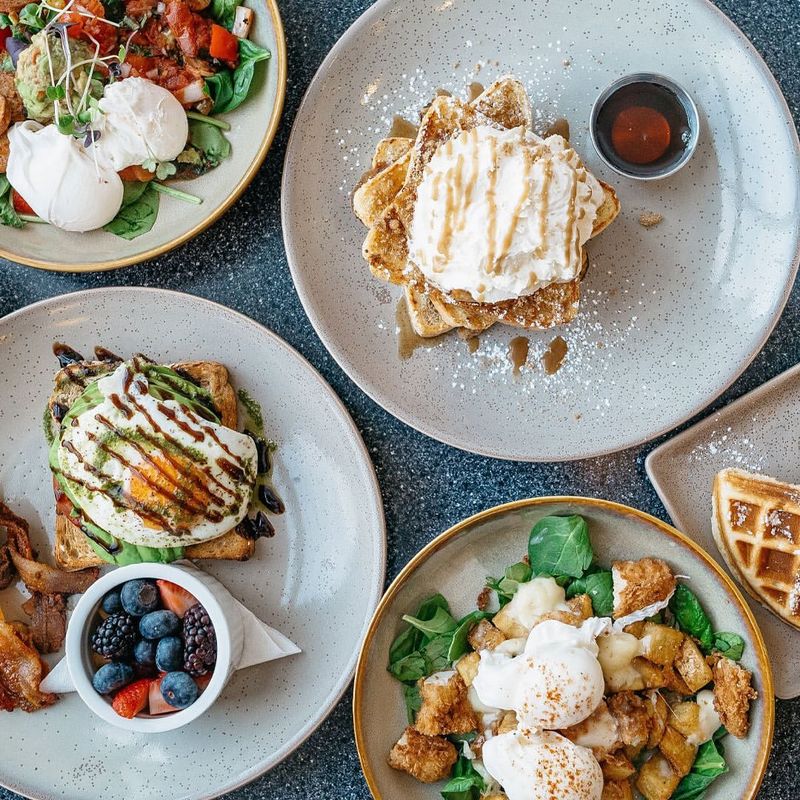
The farm-to-table dining movement emphasizes fresh, locally-sourced ingredients, connecting diners with the origins of their food. This trend supports local farmers and promotes sustainability by reducing the carbon footprint associated with transporting ingredients. Restaurants focusing on farm-to-table principles often change their menus seasonally, highlighting ingredients at their peak flavor. This approach fosters a deeper appreciation for natural flavors and the efforts of local producers. Diners enjoy meals that are not only delicious but also environmentally responsible. The trend has expanded beyond restaurants, influencing home cooks to seek out farmers’ markets and participate in community-supported agriculture programs. This movement champions transparency in food sourcing, encouraging a closer connection between people and the food they consume.
6. Molecular Gastronomy
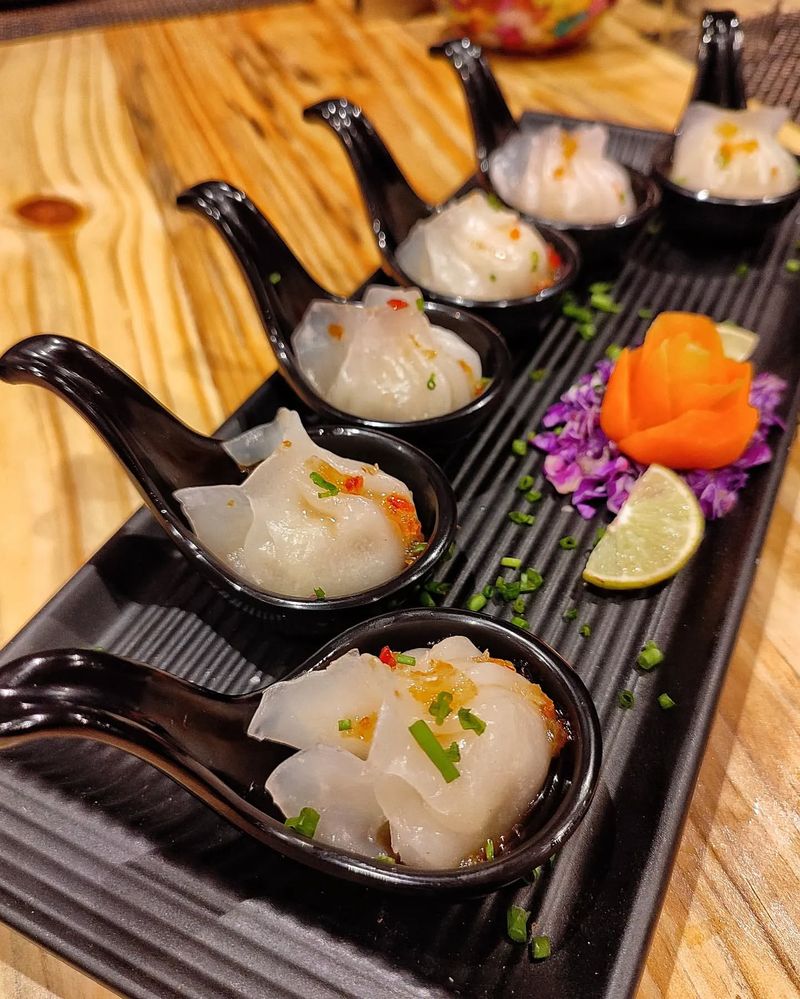
Molecular gastronomy is an innovative cooking style that merges science with culinary art, making visually stunning and flavor-enhanced dishes. Chefs employing this technique experiment with textures and flavors, using tools like liquid nitrogen and spherification. This trend transforms ordinary ingredients into extraordinary culinary experiences, captivating diners with dishes that resemble art more than food. Molecular gastronomy appeals to those seeking dining experiences that challenge traditional norms. The trend is popular in upscale restaurants, where chefs use cutting-edge techniques to surprise and delight their guests. It encourages a playful interaction with food, pushing the boundaries of what is possible in the culinary world. This creative approach opens new dimensions in flavor and presentation, making dining an unforgettable adventure.
7. Food Halls

Food halls are transforming the dining landscape by offering a mix of cuisines under one roof. These communal spaces provide a dynamic culinary experience, appealing to diverse tastes and preferences. Featuring a variety of food vendors, from street food to gourmet delicacies, food halls cater to food enthusiasts seeking variety and convenience. The trend is fueled by an increasing demand for diverse dining options and the social aspect of communal eating. Food halls encourage exploration and discovery, allowing diners to sample multiple culinary styles in one visit. This format is especially popular in urban areas, offering a lively environment for both quick bites and leisurely meals. The rise of food halls signifies a shift towards more accessible and inclusive dining experiences, transforming how people engage with food.
8. Zero Waste Cooking

Zero waste cooking is an eco-conscious trend that emphasizes minimizing food waste by using all parts of an ingredient. This approach encourages creative cooking techniques, turning food scraps into delicious dishes. Chefs and home cooks alike are embracing this philosophy, finding innovative ways to reduce waste and make the most of available resources. The movement is part of a broader sustainability effort, addressing the environmental impact of food production and consumption. Zero waste cooking inspires a new level of creativity in the kitchen, challenging cooks to think beside traditional recipes. This trend not only promotes environmental responsibility but also encourages a greater appreciation for each ingredient’s potential. By adopting zero waste practices, individuals contribute to a more sustainable future while enjoying flavorful and resourceful meals.
9. Artisanal Ice Cream

Artisanal ice cream is taking the dessert world by storm with its flavors and high-quality ingredients. This trend focuses on small-batch production, allowing for creativity and experimentation with flavors like lavender honey, mango, matcha green tea. Artisanal ice cream makers prioritize quality over quantity, using locally-sourced ingredients to craft their confections. The result is a rich and creamy dessert that stands out from mass-produced varieties. This movement is driven by consumers seeking authentic and innovative flavors that reflect local tastes and traditions. Artisanal ice cream parlors offer a personalized experience, where customers can indulge in custom flavors and seasonal specialties. This trend highlights the artistry and passion behind crafting ice cream, making it a delightful treat for dessert enthusiasts.
10. Hyper-Local Cuisine
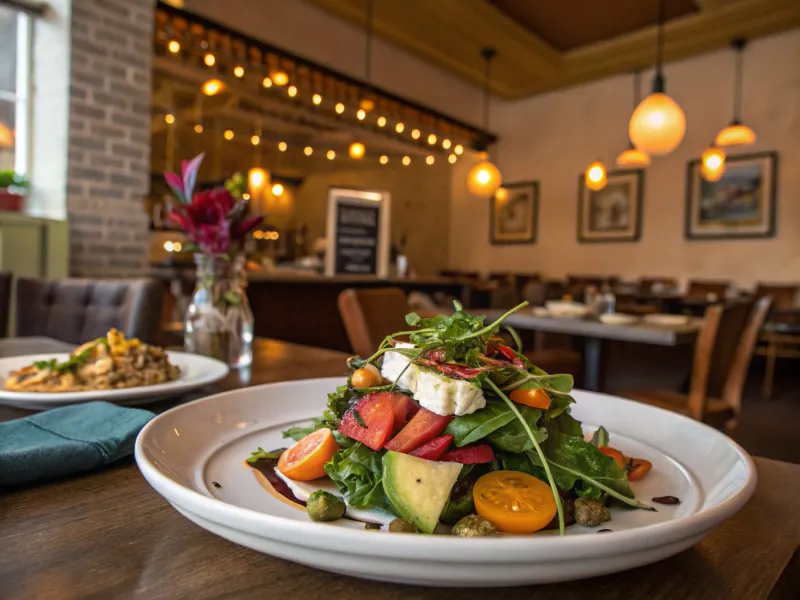
Hyper-local cuisine emphasizes ingredients sourced from nearby farms and producers, enjoying regional flavors and traditions. This trend takes the farm-to-table concept a step further, focusing on a hyper-local approach to food sourcing. By utilizing ingredients from local farmers, fishermen, and artisans, chefs make dishes that reflect the essence of their surroundings. This approach fosters a stronger connection between diners and the local community, promoting sustainability and supporting small businesses. Hyper-local cuisine offers a culinary experience, where each dish tells a story of the region it represents. Restaurants embracing this trend often feature rotating menus that showcase the freshest seasonal ingredients. This movement encourages a deeper appreciation for local food ecosystems and the rich diversity they offer.
11. Fusion Street Food
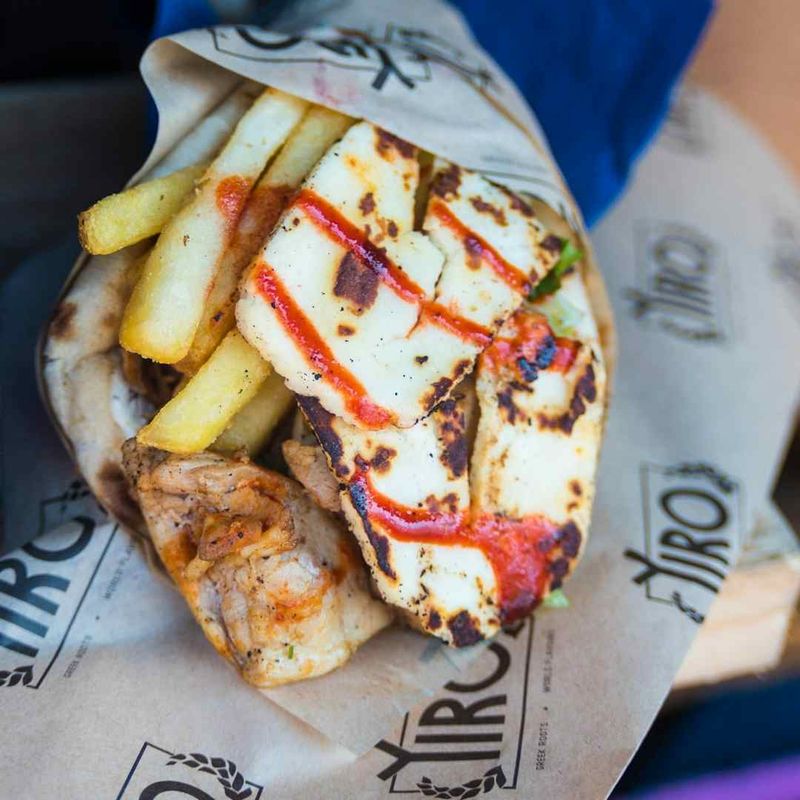
Fusion street food combines culinary traditions from different cultures, giving exciting and flavorful dishes that appeal to adventurous eaters. This trend is popular in bustling city markets, where food vendors experiment with blending cuisines like Korean and Mexican or Japanese and American. The result is innovative dishes such as Korean tacos or sushi burritos. Fusion street food reflects the dynamic and multicultural nature of modern society, offering a taste of different cultures in a single bite. The trend encourages creativity and exploration, allowing chefs to push boundaries and surprise diners with unexpected flavor combinations. It also fosters a sense of community, as people gather to experience these culinary foods. Fusion street food continues to gain popularity, offering a diverse dining experience that enjoys cultural exchange.
12. Artisanal Bread Making
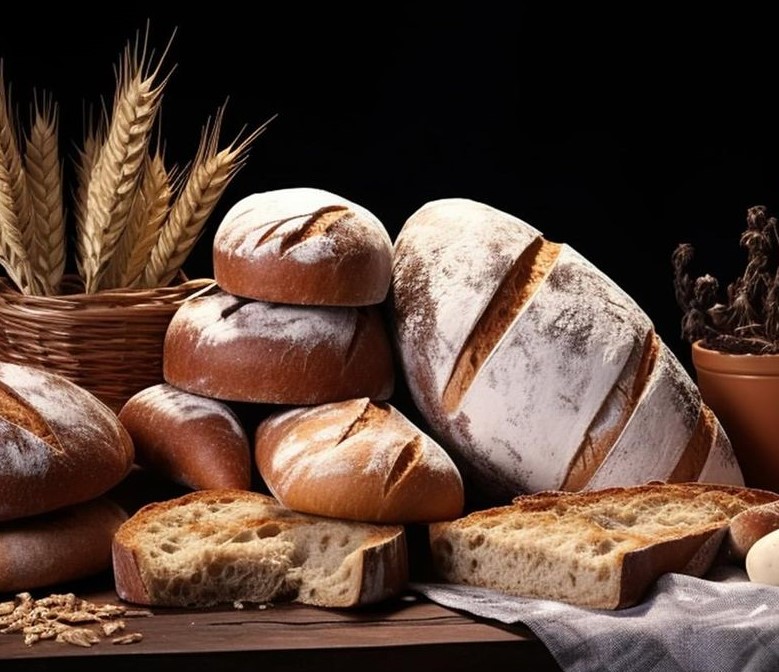
Artisanal bread making is enjoying a renaissance, as people embrace the art of crafting bread by hand. This trend emphasizes quality over quantity, with bakers focusing on small-batch production and traditional techniques. From sourdough to rye, artisanal breads offer a rich and complex flavor profile that mass-produced loaves simply can’t match. The process of artisanal bread making is both therapeutic and rewarding, inviting bakers to connect with their ingredients. Using locally sourced grains and natural fermentation methods, these breads reflect a commitment to sustainability and community support. Home bakers are joining the movement, experimenting with flavors and textures in their own kitchens. Artisanal bread making encouraging mindful eating and appreciation for the craftsmanship behind each loaf.
13. Home-Grown Herbs
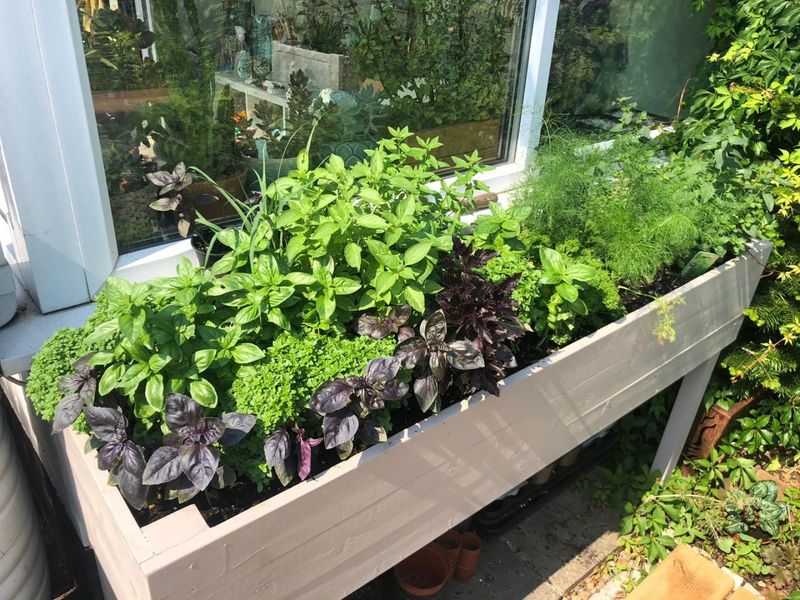
Home-grown herbs are blossoming in popularity as people seek fresh and sustainable culinary ingredients. This trend encourages individuals to grow their own herbs, even in small spaces like balconies or kitchen windowsills. By cultivating herbs at home, people can enjoy fresh flavors while reducing their environmental impact. The movement is part of a larger shift towards sustainable living and self-sufficiency, promoting a closer connection with nature and food sources. Growing herbs is an accessible and rewarding venture, offering a sense of accomplishment and a continuous supply of fresh ingredients. This trend not only enhances culinary experiences but also fosters a greater appreciation for the natural world. Home-grown herbs are a simple yet impactful way to incorporate sustainability into everyday life, making it a popular choice for both seasoned gardeners and beginners alike.
14. CBD-Infused Foods

CBD-infused foods are emerging as a popular trend in the wellness space, offering a way to incorporate cannabidiol into daily routines. From gummies and snacks to beverages, CBD-infused products cater to those seeking relaxation and balance. The trend is driven by a growing interest in the potential health benefits of CBD, including stress relief and improved sleep quality. As regulations evolve, more food producers are experimenting with CBD, making a variety of products that appeal to wellness enthusiasts. This trend encourages a mindful approach to consumption, integrating CBD into familiar foods and drinks. While still a developing market, CBD-infused foods are gaining traction as consumers explore new ways to support their well-being. This movement highlights the intersection of food and wellness, offering innovative options for those looking to enhance their lifestyle.
15. Interactive Dining Experiences

Interactive dining experiences are redefining the way people engage with food, offering a blend of cooking and dining in a social setting. These experiences invite diners to participate in the preparation of their meals, fostering a deeper connection with the food and those around them. Restaurants embracing this trend offer cooking classes, chef’s tables, and other interactive elements that transform the dining experience into an educational and entertaining event. The trend is driven by a desire for more meaningful and memorable dining experiences, where guests become part of the culinary journey. Interactive dining encourages social interaction and collaboration, making sense of community and shared adventure. This approach appeals to food enthusiasts seeking a deeper engagement with their meals, making dining a fun and immersive activity. It signifies a shift towards experiential dining, where the process is just as important as the final dish.
16. Robotic Chefs
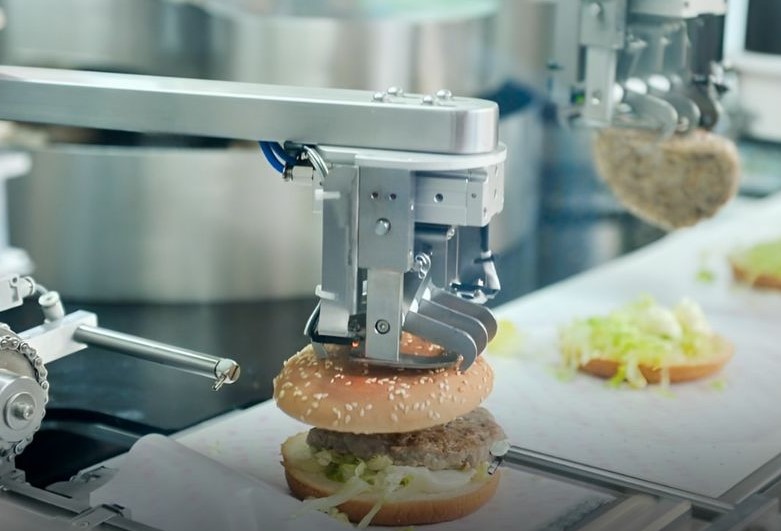
Robotic chefs are at the forefront of culinary innovation, showcasing the role of technology in modern cooking. These automated systems are capable of preparing meals with precision and efficiency, offering a glimpse into the future of dining. The trend is driven by advancements in robotics and artificial intelligence, which are transforming how food is prepared and served. Robotic chefs can handle complex tasks, from chopping ingredients to plating dishes, allowing for consistent quality and reduced labor costs. This technology is particularly appealing in environments where efficiency and speed are paramount, such as fast-casual restaurants and high-volume kitchens. While still in the early stages, the rise of robotic chefs highlights the potential for technology to enhance culinary experiences, offering a blend of convenience and innovation. This trend represents a new era in cooking, where machines and humans work together to make exceptional meals.
17. Alternative Grains

Alternative grains are gaining a foothold in modern kitchens, offering diverse flavors and nutritional benefits. Varieties like quinoa, amaranth, and farro are becoming staples for those seeking healthier and more varied diets. These grains are rich in vitamins, minerals, and proteins, appealing to health-conscious consumers. The trend is driven by an increasing awareness of dietary diversity and the desire to reduce reliance on traditional grains like wheat. Alternative grains offer textures and flavors, opening new culinary possibilities for both home cooks and chefs. This movement encourages exploration and creativity in the kitchen, as people experiment with incorporating these grains into everyday meals. By embracing alternative grains, individuals can enjoy a more nutritious and varied diet, contributing to overall well-being. This trend reflects a broader interest in exploring the rich tapestry of global food traditions.
18. Functional Beverages
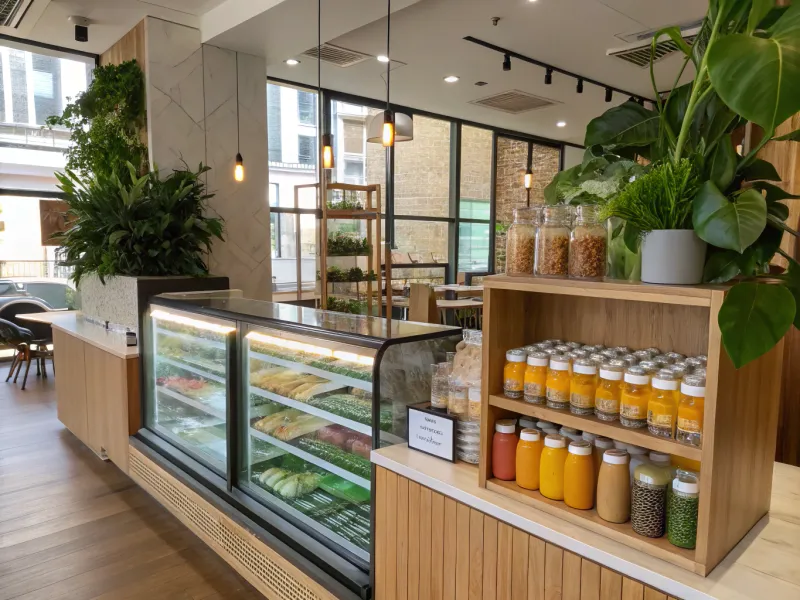
Functional beverages are revolutionizing the drink industry with their focus on health and wellness benefits. These drinks, such as turmeric lattes and adaptogenic smoothies, are infused with ingredients known for their potential health-enhancing properties. The trend is driven by a growing interest in proactive health management, with consumers seeking beverages that offer more than just hydration. Functional beverages cater to those looking to support their well-being through nutrition, featuring ingredients like probiotics, antioxidants, and adaptogens. This movement highlights a shift towards holistic approaches to health, where drinks play a crucial role in daily wellness routines. The popularity of functional beverages reflects a broader trend towards mindful consumption, as people become more conscious of the impact of their dietary choices. This trend offers exciting opportunities for innovation in the beverage industry, providing delicious and beneficial options for all.
